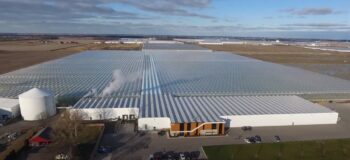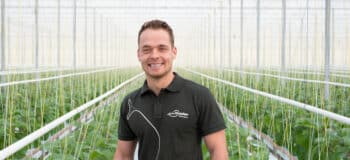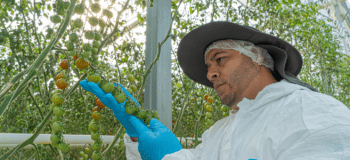Although radish is a ‘cool-season crop’, with the current energy prices, the investment in energy-saving screens still proved interesting to grower Jongfresh in the Dutch town of Monster. By deploying the screens in the winter months, the business expects to need around 25% less natural gas. In the summer, the grower will switch the screens for shade screens.
Radish grower Jongfresh cultivates various special varieties for the international market all year round at three sites in the Westland region. Jongfresh packs the fresh product immediately for the end customers, who can count on the same high quality all year.
Halfway through 2022, Jongfresh put a new 32,000 m² greenhouse into use in Monster. Half of the new build is an extension, while half replaces an existing location. “For radishes, the target temperature in the winter is 8°C, and at night a little cooler. That’s why we only heat in the winter months. Normally, you don’t consider energy-saving screens for this, and in the first instance, we didn’t plan to have them installed either. But due to the sky-high gas prices, it’s now interesting after all, even for our cultivation,” reports owner Erik de Jong.
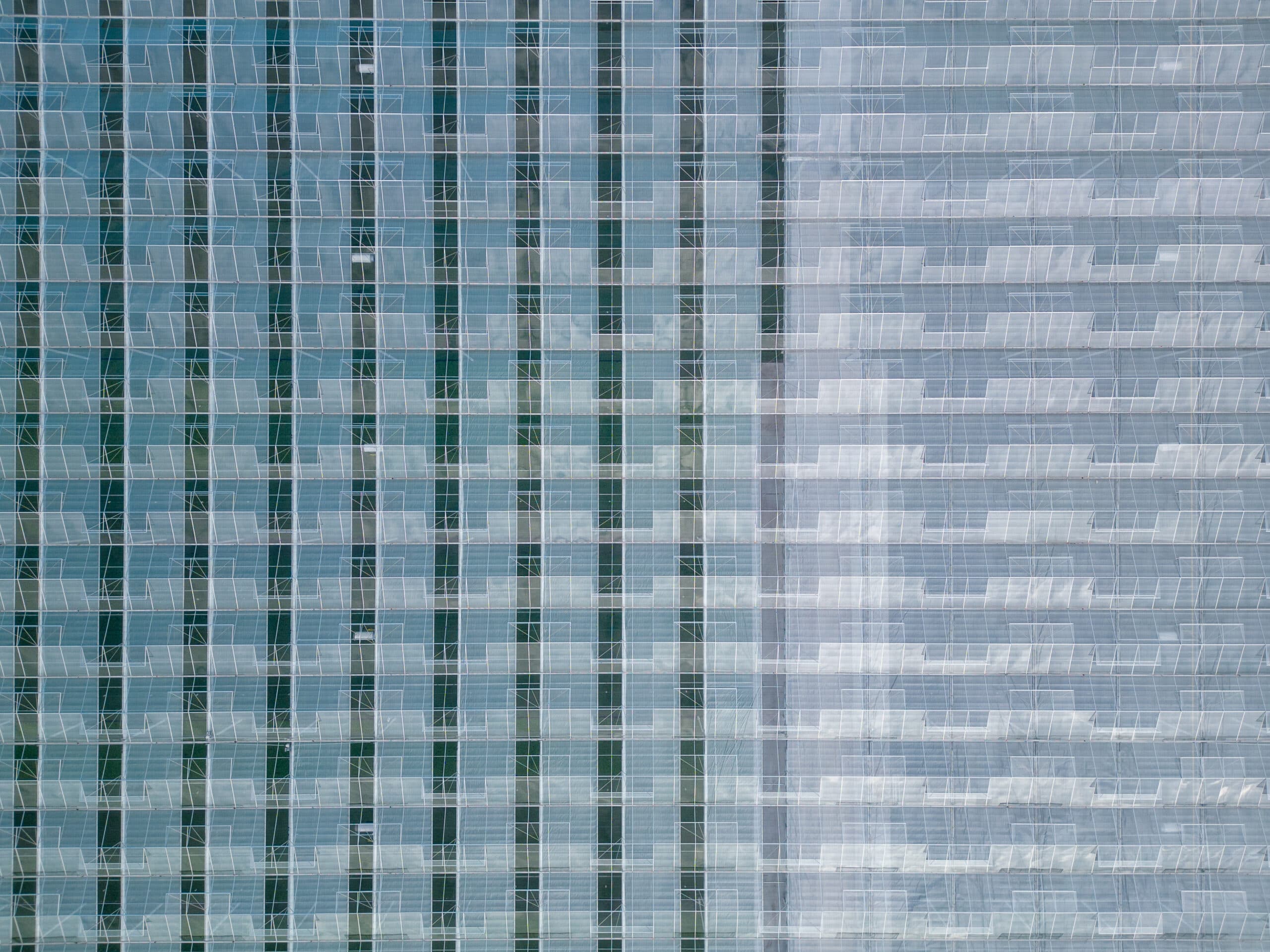
Earn-back time
The current energy market has made the earn-back time much shorter, and Jongfresh, therefore, opted for the RES 10 FR energy-saving screen along with the RLD 30 FR O shading screen. “We’ve had an open screen from Ridder in one of our other greenhouses for a couple of years. We’re extremely pleased with it for getting rid of the heat in the summer. Nonetheless, we’ve now opted for energy-saving screens which we can easily replace in the spring.”
On an annual basis, Jongfresh consumes 4 to 5 m³ of gas per m² for heating. This can’t be compared to a crop like tomatoes, but due to gas being so expensive, it does cause a significant increase in cost price, the grower states. With the energy-saving screens, he expects he will save around 1 m³ of gas, which comes to nearly a quarter of his total gas consumption per m².
“We cultivate radishes all year and supply regular customers for their year-round range. For our sales strategy, it’s interesting to cultivate right through the winter, even though one crop then takes 85 days, compared to only 20 days in the summer. If we then also have to spend a lot on gas, it’s no longer feasible to cultivate radishes in winter.”
Vegetative growth
The energy-saving screens are used in the period from the end of November to the end of March. “Particularly during the night when there’s a lot of radiation. It then cools down rapidly and you can keep the heat in with the screens,” according to De Jong.
“But during a mild, cloudy autumn or winter night, we do want to be able to cool using air vents, or even heat a little to combat moisture in the greenhouse. Half of the heating is intended to keep condensation under control. Closed energy-saving screens naturally affect this. We have to learn how to deal with them.”
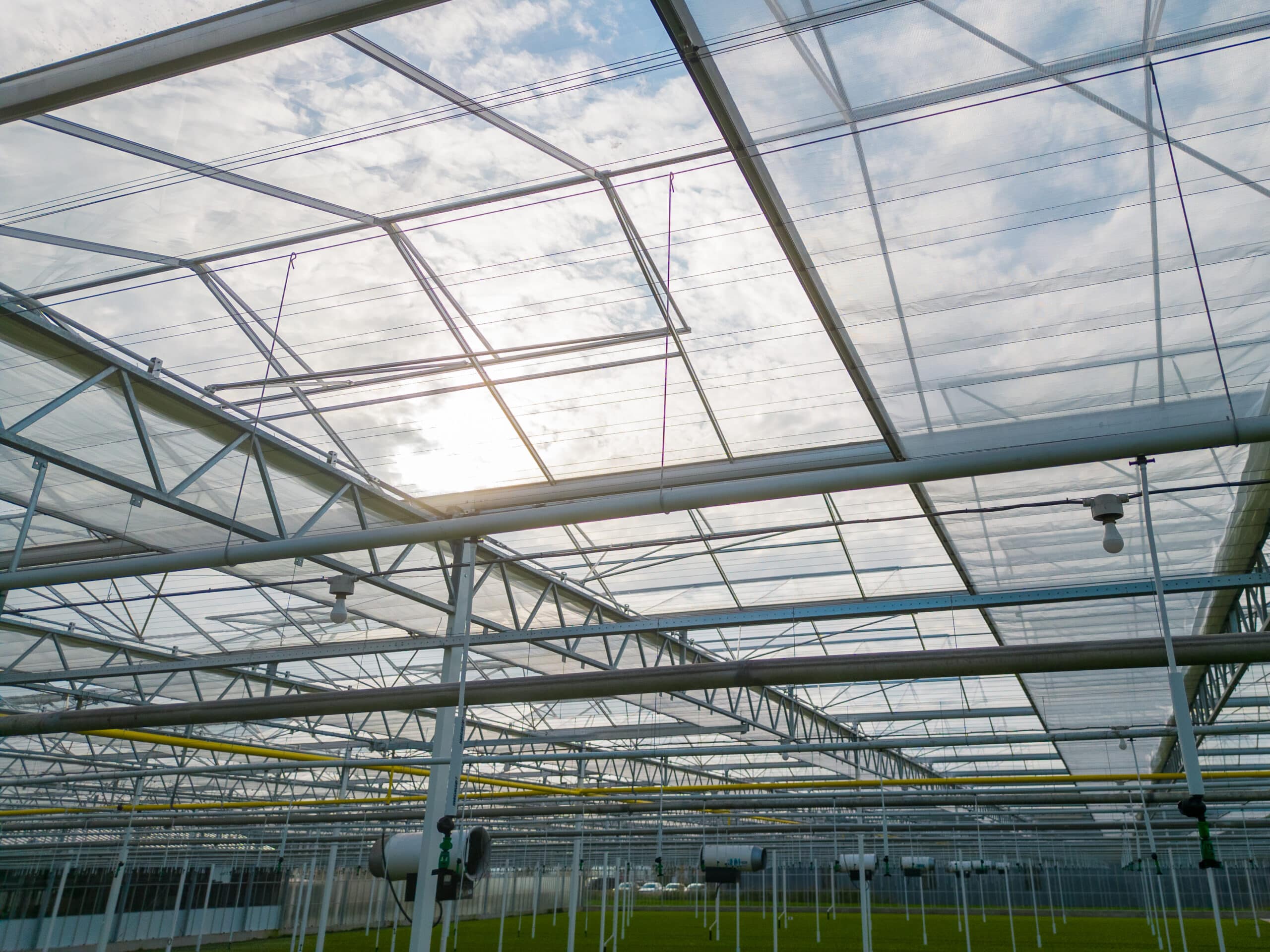
Switching screens
The screen system was put in by installer A1 Tuinbouwtechniek and fitted with the VSV system from Van der Valk Horti Systems. When the system was constructed early this summer, the RLD 30 FR O screen from Ridder was selected. This screen type was produced especially for Jongfresh at a width of 5.60 m, due to the non-standard bay size of 5.40 m in their greenhouse. The RES 10 FR that is used in winter is available from stock from Ridder in the special width of 5.60 m. Together, the installer and grower carefully considered how to arrive at an efficient and dependable way of switching the screens. Thanks to this, ‘screen switching’ became a good alternative for the construction of a second screen.
With the VSV (Valk Screen Vision) system, plastic strips are sewn to both edges of the screen before delivery, and these are drawn into the screen profile and a profile on the truss. As a result, the screen no longer needs to be secured or released separately. This saves a lot of effort, and the work during a screen change is much safer.
“Our own personnel can carry this out under the supervision of A1 Tuinbouwtechniek,” De Jong tells us. He consciously opted for this flexibility, because he plans to switch the energy-saving screens for shade/open screens every spring. “With shade screens, I can keep the sunlight and excess heat out during the summer months, without having to whitewash the roof. That wouldn’t be possible with the energy-saving screens. It’s easy to carry out at a time that suits us.” The absence of clamps has another advantage: during the installation, clamps are frequently dropped, and these get lost in the sandy soil. “We’d rather not have these steel parts in our machines,” the grower says.
